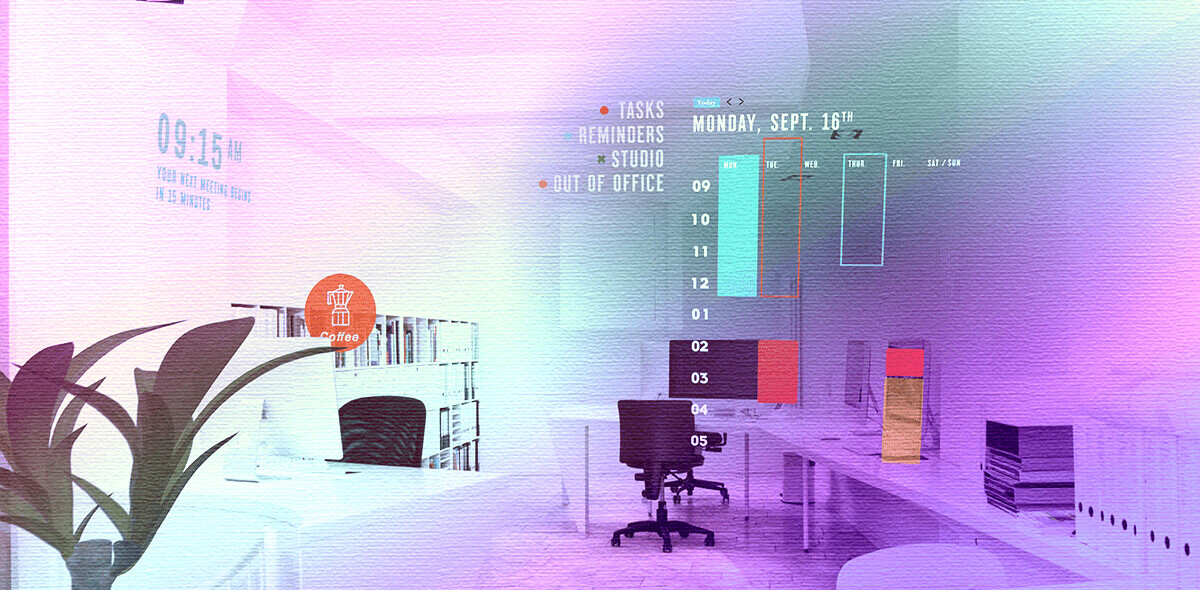“Slow progress is still progress.” “Have faith in the process.” “It’s mind over matter.” These are just a few in a very long list of quotes that people will hear — or see on an inspirational poster in their doctor’s office — when they begin a long and frustrating road to recovery in physical therapy.
Patients recovering from injury or illness, or dealing with chronic pain, face a difficult battle, and many grow impatient or quit. In fact, about 25 percent don’t make it through their programs.
Why do they quit? For many, physical therapy is an inconvenient chore that takes time away from work and family, and patients often don’t see results for weeks or months. The drudgery of persevering without immediate results can be emotionally demanding.
But what would happen if there were ways to show patients tangible results, offering immediate data to provide more efficient treatment programs? Or if patients could be treated at home, not bound to a facility and a therapist’s schedule?
Motion sensing could be the answer. Small, cost-effective devices that can accurately measure gait, range of motion, repetitions, specific motion patterns and trajectories, speed, distance, and pressure that would be a boon to the practice are now easily available.
When patients have metrics by which to measure their results, they may be more inclined to go to their appointments. Portable devices that relay real-time data can open up the therapy to those who can’t travel or afford frequent treatment. It can also bridge gaps that lead to failure in current patients, such as poor form or lack of commitment to their regimens. All these factors can make physical therapy more precise and more individualized, speeding the time to recovery.
Portability means remote access and more practice
The reason patients have to go to appointments for physical therapy is because current methods are tied to hulking machinery, which is tied to facilities or to personal monitoring and training by a PT.
Motion sensors, on the other hand, are compact, portable, and lightweight, giving patients the option to practice at home, while still transmitting detailed data back to their physical therapist. It’s convenient — encouraging patients to practice more — and allows them to participate in more functional exercise.
Patients can walk, sit at their desks at work, or drive with motion-sensing devices monitoring them, keeping them more mindful of their everyday motions and how they contribute to pain or injuries.
When patients can practice from any location, PTs can extend care to those who may not have been able to travel to their facilities. Lower cost of equipment could lead to savings for patients for whom physical therapy may have been cost prohibitive, too.
More practice leads to more (and better) data
Only observing patients’ motions once a week at their appointment leaves PTs mostly blind to their progress (or lack thereof). By using motion sensing technology during exercises even once a week, patients can double the amount of data they’re providing PTs. More data means more thorough recovery plans, and also can reveal new patterns that lead to a better, more scientific understanding and treatment of other patients.
It’s a matter of data quality, too. Until now, physical therapy meant a PT coaching a patient through the motions, observing form, and counting reps. Range of motion and balance had been difficult or impossible to quantify.
Motion sensing technology can uncover new patterns in range of motion, exertion, balance, and more. Measuring the increase in mobility for a patient treating a rotator cuff, for example, would be far easier and more precise.
Data can reveal if a patient is just going through the motions, too. It can show whether the patient has completed the routine and whether a patient puts in the right effort. This keeps patients accountable while helping PTs customize plans and expedite recovery.
Better data leads to more effective treatment
Communication breakdowns between doctor and patient happen all the time. Patients may not accurately report their pain, progress, or frustrations. This hinders recovery, and any lack of faith in physical therapy becomes a self-fulfilling prophecy. But if PTs can rely on the real-time data from motion sensing equipment, they can better identify where patients aren’t progressing, revealing what their patients may not be relaying.
Motion sensors can reveal problems that the patient and the PT don’t see, picking up on even a slight change in gait or balance that may be imperceptible to the naked eye. Real-time data provides a holistic view of the patient’s motions, not just the condition they’re currently examining.
When PTs have better insight and measurable data on how their patients are progressing, they’ll know precisely when their patients are ready to move to a more challenging level in their treatment. With more frequent practice and less lag time between exercises and appointments, they can prevent patients from regressing and set them on a more aggressive plan of recovery. And for PTs working with athletes, they’ll be able to tell more accurately when they’re ready to get back in the game.
Shortening the road to recovery
Going on faith alone can be overwhelming for patients already burdened with the responsibility of their own recovery. Willpower can sputter out without results. But the new kinds of data that motion sensing promises can lead to noteworthy breakthroughs in physical therapy. More effective practices could be the motivation patients need to put the faith back in their treatments — and themselves.
Get the TNW newsletter
Get the most important tech news in your inbox each week.






